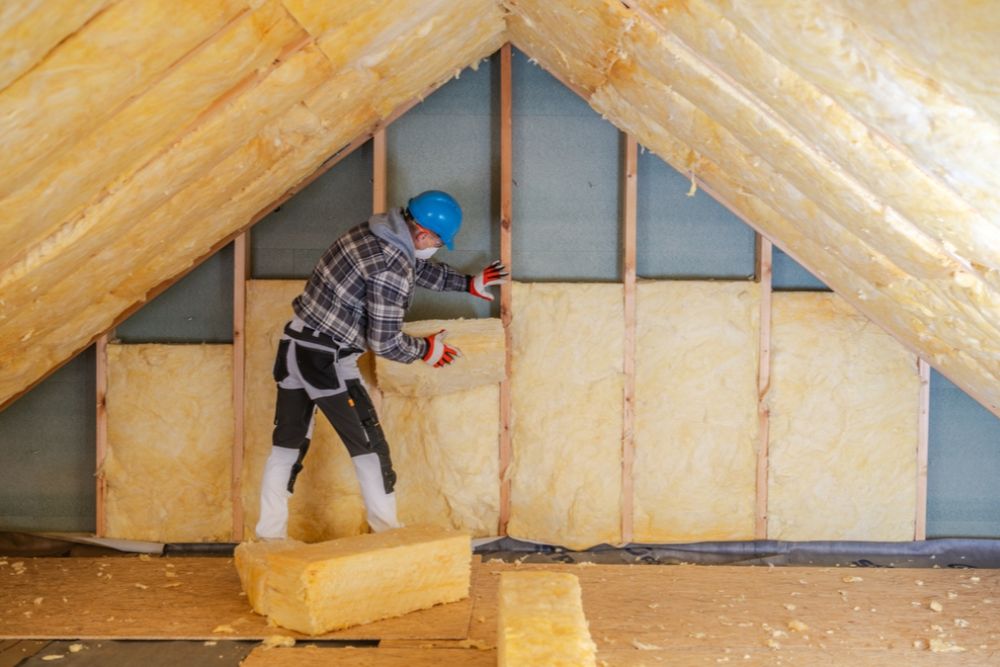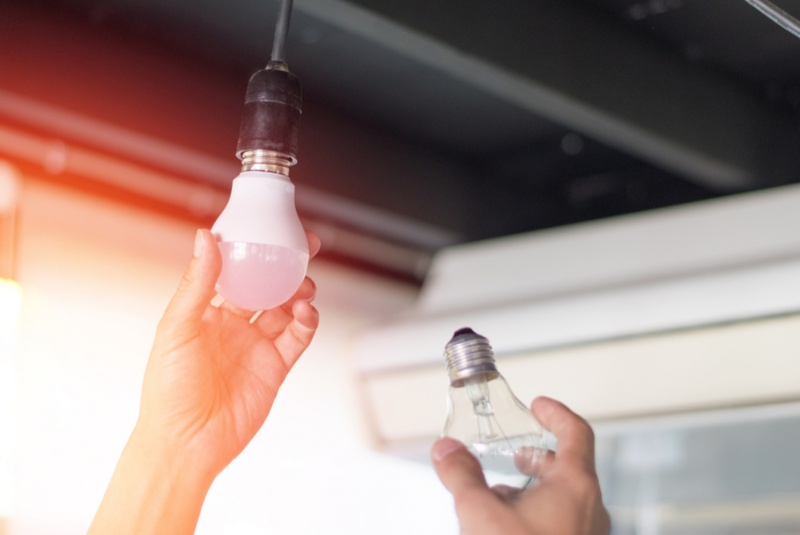A draft slipping through a window or an attic that loses heat faster than it should might seem minor, but those small inefficiencies can add up to hefty utility bills. Proper insulation is one of the most effective ways to reduce energy loss, enhance comfort, and maximize long-term savings. Whether you own an older home or a newer build, the right insulation strategy can transform both your living experience and your budget.
Understanding the Importance of Insulation
Insulation acts as a barrier that slows the transfer of heat between the inside and outside of your home. Without it, warm air in winter and cool air in summer escapes more easily, forcing your HVAC system to work harder. This not only raises energy costs but also puts additional strain on heating and cooling equipment, potentially shortening its lifespan. Good insulation improves temperature stability, enhances indoor air quality, and makes your home quieter by reducing outside noise.
Identifying Key Areas of Heat Loss
Before investing in insulation upgrades, it’s helpful to know where homes typically lose the most energy. Common problem areas include:
-
Attic spaces where warm air naturally rises and escapes
-
Walls and crawl spaces that lack sufficient material density
-
Windows and doors with gaps or poor seals
-
Basements and foundations that allow cold air to creep upward
-
Ductwork and pipes running through uninsulated areas
A professional energy audit can pinpoint weak spots, but even a visual inspection with attention to drafts and temperature fluctuations can reveal problem zones.
Types of Insulation Materials
Different areas of the home benefit from different insulation types. The most widely used materials include:
-
Fiberglass batts: Affordable, easy to install, and effective for walls, attics, and crawl spaces.
-
Blown-in cellulose: Great for filling irregular spaces and adding insulation to existing walls.
-
Spray foam: Provides superior air sealing and high R-value but at a higher cost.
-
Rigid foam boards: Useful in basements, foundations, and exterior applications.
-
Reflective insulation: Ideal for hot climates where blocking radiant heat is essential.
Each option has trade-offs in cost, performance, and ease of installation, so the right choice often depends on your home’s structure and climate.
Attic Insulation: The First Priority
The attic is often the most critical area for insulation because heat rises. Adding or upgrading attic insulation delivers some of the highest returns on investment. Fiberglass batts and blown-in cellulose are commonly used here, but spray foam is an option for sealing roof decks and preventing air leakage. For maximum savings, ensure proper ventilation to avoid moisture buildup while still maintaining a strong thermal barrier.
Wall Insulation for Year-Round Comfort
Insulating walls can be more complex, especially in existing homes, but it significantly improves indoor comfort. Blown-in cellulose or spray foam can be injected into wall cavities with minimal disruption to drywall. In new construction, rigid foam or fiberglass batts are often used between studs. Since walls account for a large surface area, improving their insulation can dramatically cut heating and cooling costs.
Basement and Foundation Insulation
Basements and foundations are frequently overlooked but play a huge role in home energy performance. Cold, damp air seeps through uninsulated foundations and floors, leading to drafts and higher bills. Rigid foam boards and spray foam are excellent solutions here, creating both an insulating and moisture-resistant layer. In finished basements, proper insulation makes the space more livable and energy efficient.
Windows, Doors, and Air Sealing
Even the best insulation won’t deliver results if air leaks remain unchecked. Weatherstripping, caulking, and door sweeps can eliminate drafts around windows and doors. For older homes with single-pane windows, adding storm windows or upgrading to double-pane models with low-emissivity coatings can significantly reduce energy loss. While these upgrades involve upfront costs, they quickly pay for themselves in energy savings.
The Role of R-Value
Insulation effectiveness is measured by its R-value, which indicates resistance to heat flow. The higher the R-value, the better the performance. Recommended R-values vary by climate, with colder regions requiring higher levels. For instance, attics in northern states may need R-49 or higher, while southern climates may only require R-30. Consulting local energy codes ensures you meet the right standards for your area.
DIY vs. Professional Installation
Some insulation projects, like laying fiberglass batts in an attic, are well-suited for DIY homeowners. However, complex jobs such as spray foam application or dense-pack cellulose in walls are best handled by professionals. Improper installation can leave gaps, compress materials, or cause moisture issues that undermine performance. Balancing cost savings with quality installation is crucial for long-term results.
Long-Term Savings and Return on Investment
While insulation requires an upfront investment, the savings on energy bills are ongoing. The U.S. Department of Energy estimates that proper insulation and air sealing can cut heating and cooling costs by up to 20 percent. Over time, these savings offset the installation costs, especially as energy prices rise. In addition, better insulation improves resale value by making homes more attractive to energy-conscious buyers.
Additional Benefits Beyond Energy Savings
Energy savings are the main motivation, but insulation delivers other valuable advantages:
-
Increased comfort: Fewer drafts and more consistent indoor temperatures
-
Noise reduction: Thicker walls and sealed gaps minimize outside sounds
-
Environmental impact: Lower energy consumption reduces carbon footprint
-
System efficiency: Heating and cooling equipment lasts longer with less strain
These benefits make insulation not only a financial decision but also an investment in overall quality of life.
Practical Tips for Homeowners
To maximize insulation benefits, consider these practical steps:
-
Schedule a home energy audit to identify problem areas
-
Prioritize attic and wall insulation for the best return
-
Don’t overlook air sealing around windows, doors, and ducts
-
Choose materials suited for your climate and budget
-
Work with qualified contractors for complex installations
By combining insulation upgrades with smart energy practices, homeowners can enjoy both comfort and financial savings year-round.
Insulating your home is one of the most effective ways to lower energy bills, improve comfort, and boost long-term value. By targeting key areas like attics, walls, and basements and choosing the right materials for your climate, you can maximize savings while creating a healthier living environment. With thoughtful planning and proper installation, insulation becomes an investment that pays dividends for years to come.





